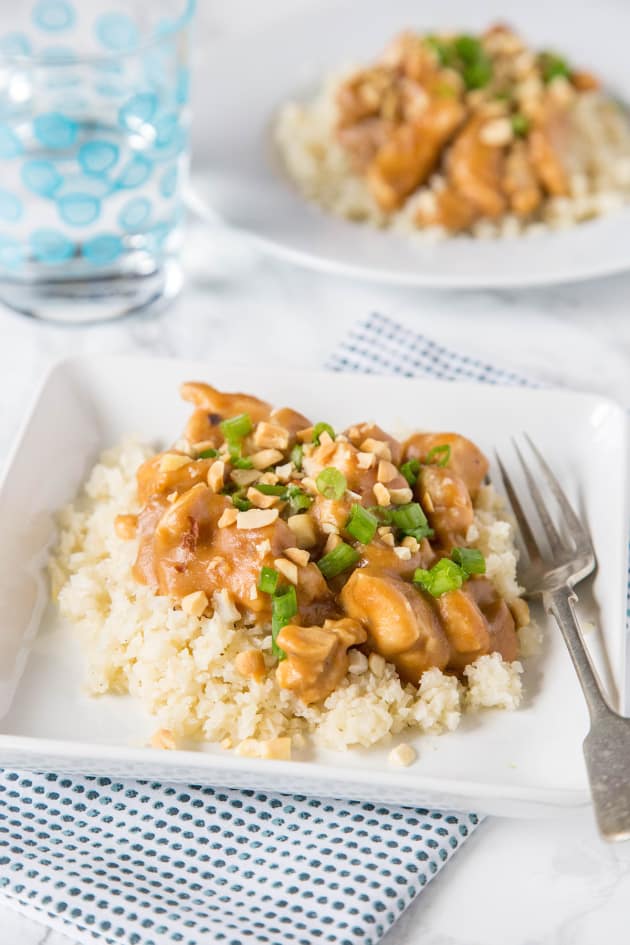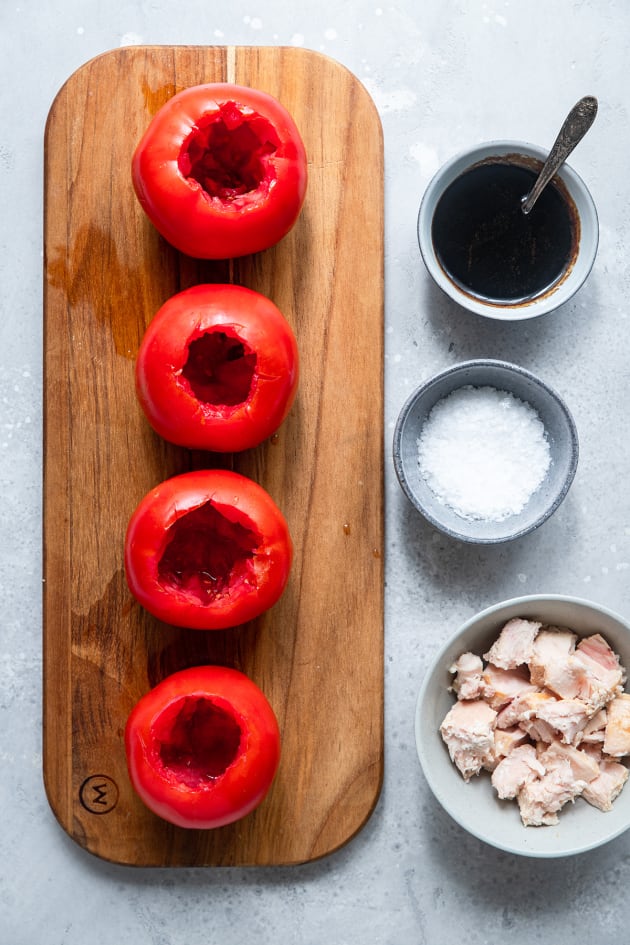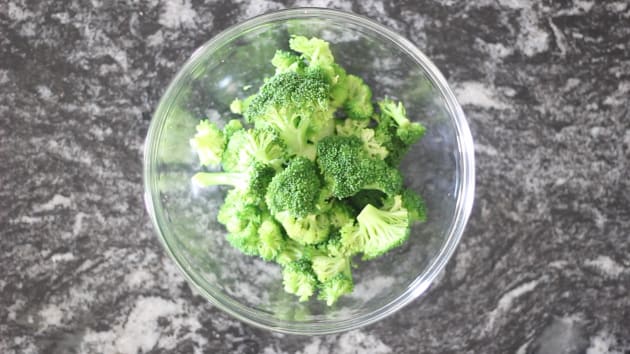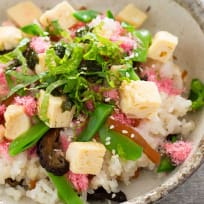Blanch Definition
Christine AlburyYou often see the term 'blanch' used in recipes - but what does blanching actually involve? Find out here!
The more adventurous you get in the kitchen, the more complex some of the terms and methods can be when presented in a recipe. A term that often confuses people is 'blanching' , so in this article we'll look at what blanching is and how to do it.
Blanching is a technique used in cooking and food preservation in which the food product is placed into either steam or boiling water and then cooled quickly in an ice bath (also known as shocking).
Why are you sometimes advised to blanch something before freezing it?
Blanching helps the food product to maintain its flavor, color, texture and nutritional value. Blanching begins to cook the food product, but also stops it at the perfect moment for preservation - see this guide to freezing okra to learn more.
Blanching vegetables
Recipes such as stir-fries and salads sometimes call for some of the vegetables - like carrots, broccoli and green beans - to be blanched
This could be for one of two reasons...
- To soften a crunchy vegetable but still retain a 'bite'
- To soften vegetables in a stir fry so they cook in the same amount of time as the meat when added to the pan together
When blanching vegetables for use in salads, stir-fries, crudite and sushi, you will notice that they taste a lot sweeter. This is becasue the cell walls ruptures during the blanching process, releasing their natural sugars.
This recipe for Vegetable Pho is an example of one that calls for blanched vegetables.
Blanching makes it easier to peel veggies
Blanching is really good at helping peel vegetables or fruits that have thin skin.
Just cut an ‘x’ into the bottom of the fruit or vegetable and then blanch it for a few minutes before immersing into an ice bath. The skin will off easily!
How to blanch vegetables
The blanching process is very easy:
1. Heat a large pot of water until boiling and add at least a tablespoon of salt (we recommend 1 tablespoon per gallon).*
2. While the water is coming to a boil, prepare an ice bath.
3. Add the food to the boiling water for the recommend time.
4. Remove from the water and place immediately into the ice bath to shock.
5. Leave for a few minutes to ensure the cooking process has stopped and drain.
* When blanching vegetables, it is important to use a lot of salt - it’s suggested that the water should be ten times saltier than the ocean! While you may think that is an unhealthy amount of salt, as the vegetables are cooked for such a short period of time, they won’t absorb much. The reason for heavily salting the water is that it stops nutrients leaching into the water, making them healthier. It also helps keep green vegetables looking vibrant.
Blanching times
Recipes usually stipulate blanching times, which depend on what you’re cooking. Here are some suggestions:
Fruit for Peeling:
Tomatoes, apples, peaches or pears - 30 seconds
Vegetables:
Asparagus, Broccoli, Cauliflower, Brussel Sprouts, Celery, Turnips, Squash - 3 minutes
Carrots, Okra - 5 minutes
Corn on the Cob - 9 minutes









